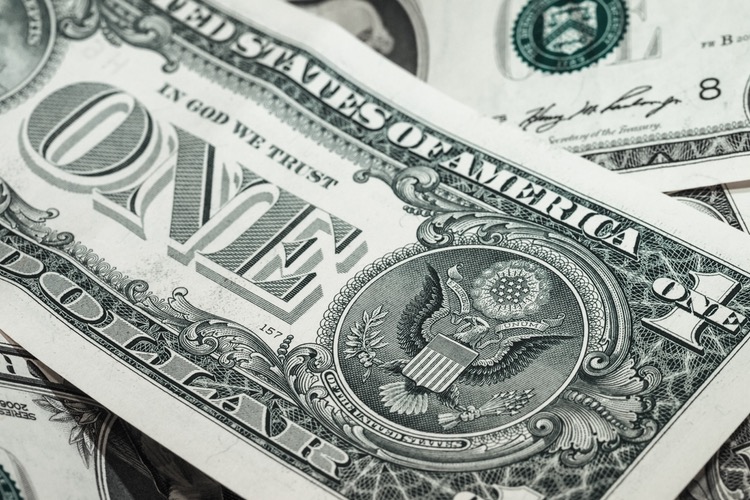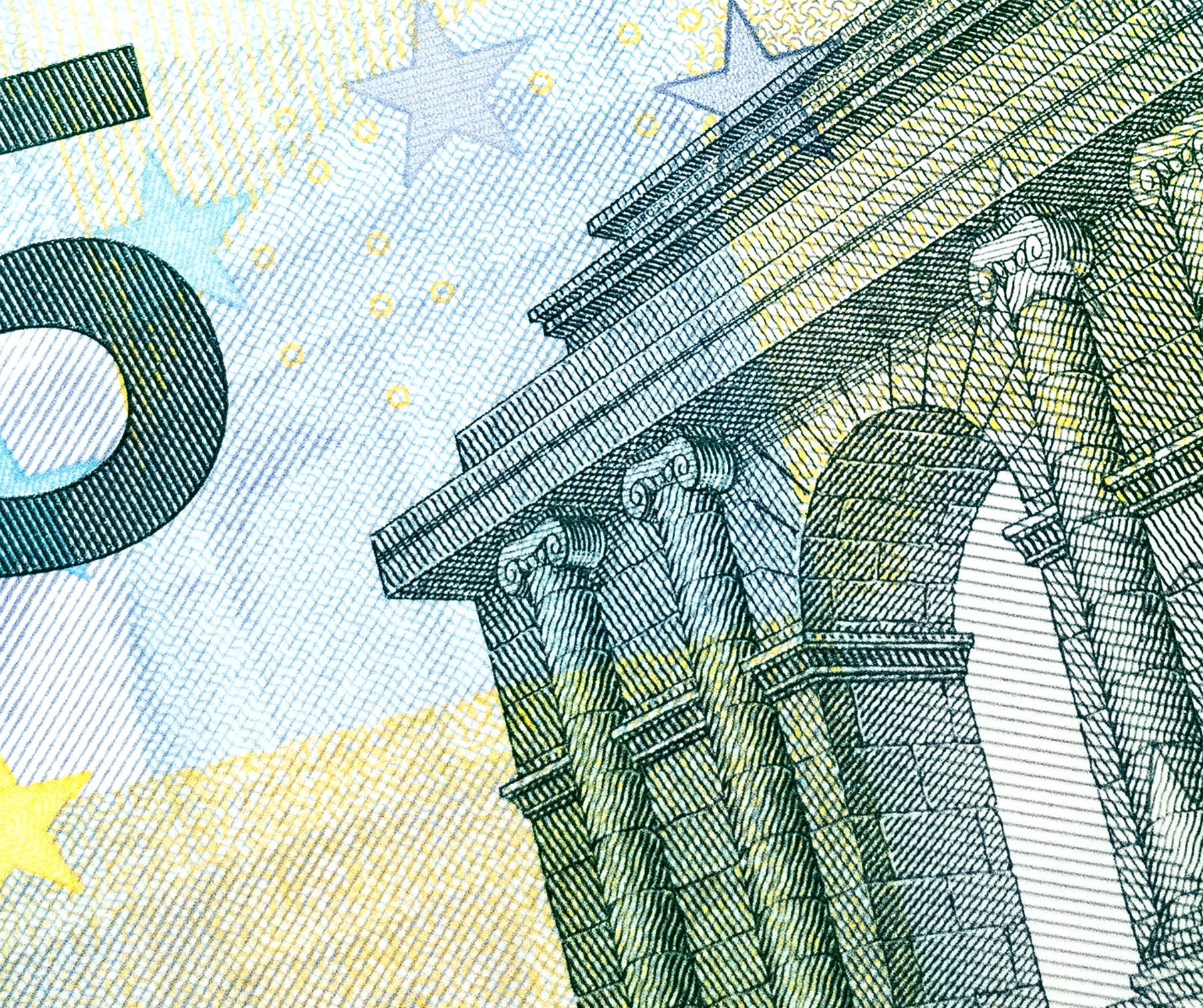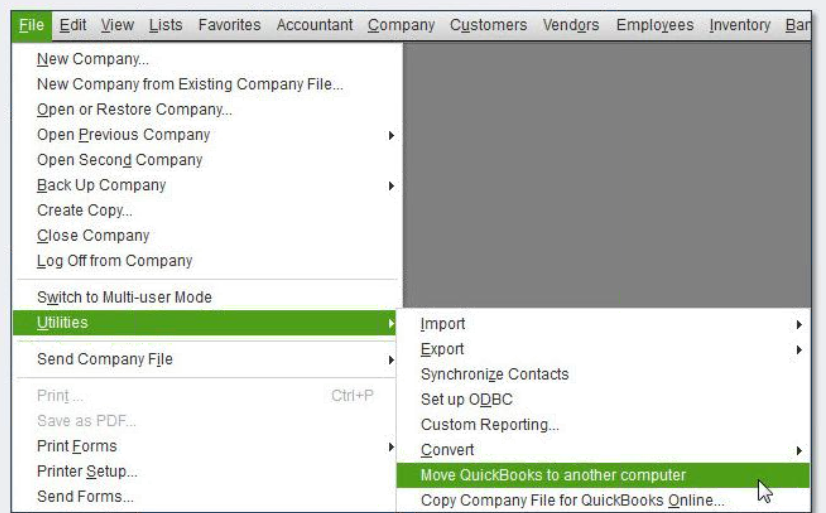by Zipbooks Admin
How Much Is My Business Worth? (A Valuation Primer)

What’s my business worth? Business owners and founders grapple with this question, negotiate over it and even fight about it. And that’s to be expected—entrepreneurs want to be compensated for the blood, sweat and tears they’ve put into their businesses—and valuation often plays a large role in determining what that compensation looks like.
While the answer to what’s my business worth can seem very subjective at times, it is possible to apply a bit of science to it and get somewhere rather quickly.
First, a general rule (that ignores some nuance, but is fine for now): any business—whether it be a Mom and Pop café or Google—is worth the present value of its future cash flows.
In other words, if you could project perfectly your business’s future cash flows (cash that is available to go into the pockets of owners/investors), and had a good sense for how to discount (don’t worry, we’ll get into this in a bit!) those cash flows, you’d be able to come very close to a true value for your business.
Let’s throw this into an example. Imagine you’re the owner of a simple business that you’ve been running for one year. Each year, after all expenses, this business generates $100 of profits[1]. No more, no less.
After 3 more years, this business is going to cease operations. (Why would it do this? I have no idea—just stay with me.) You get the $100 of profits distributed to you, the owner, at the end of each year. That’s it. No other transactions will take place, and no other assets exist. Three years from now, this business is done.
So how would you value this business? Well, let’s go back to our original definition and see what it says—any business is worth the present value of its future cash flows. So, let’s look at those cash flows (when cash is “flowing” to you, the owner), and see what each one is worth today.
Cash Flow #: 1
Amount: $100
Date: Today
Present value (what it’s worth today): $100. Why? Well, simple. How much would you actually pay for $100 today? The answer is obvious but important. You’d pay $100. Not a penny more or less. So we’ve got our first present-valued cash flow! $100.
Cash Flow #: 2
Amount: $100
Date: 1 year from today
Present value (what it’s worth today): Hint: it’s not $100. Here’s how we figure it out. Ask yourself how much would you pay today for $100 a year from now? Let’s say your best investment opportunity (not your neighbor’s pyramid scheme) is going to return 10% annually. So your money, in general, is going to be worth 10% more in one year than it is today (that 10% is known in finance as your discount rate). Therefore, you wouldn’t pay $100 to get $100 a year from now—that same $100 that you’d have to give up now would be worth $110 in one year! So to earn a return of $100 a year from now, you’d only pay about $91[2] today. Any more, and you’d be better off putting your money into that 10% investment opportunity. That means, we have our present-valued cash flow! $91. Boom! Cash flow #2 in the books.
Cash Flow #: 3
Amount: $100
Date: 2 years from today
Present value (what it’s worth today): $83[3]. See the math below, but it’s pretty simple. We could invest $83 today at a 10% annual return, and in two years we’d have $100. So the present value of this $100 cash flow, two years from now, is $83.
Cash Flow #: 4
Amount: $100
Date: 3 years from today
Present value (what it’s worth today): $75[4]. Same as above. With an investment returning 10%, $75 will be worth $100 in 3 years.
And we’re done with the cash flows! Now, how do we value this business? We’ve done all the hard work already. This business is going to provide us four flows of cash, and we know exactly how much each one is worth to us today, so we just add them all up!
$100 + $91 + $83 + $75 = $349.
Our simple business is worth $349!
Ok, so that makes sense. But if you can just do the math and figure it out, why is there so much ambiguity and subjectivity around a business’s value? It’s because while we had a precise formula for valuing our business, in real life, the variables in that formula—the future cash flows and the discount rate—are almost never actually nailed down like we had them. If you think your business is going to be producing lot more future cash flows than a potential acquirer does, then you’ll come out with radically different valuations.
In many cases, not only is it difficult to get really close on those variables, it’s pretty much impossible (if anyone has a perfect method for predicting future cash flows, get in contact with me immediately). And that’s when you’ll start looking at comps, multiples, and good ol’ gut feel and negotiation to get to a number. Usually, these other methods serve as approximations of the discounted cash flow method we did above. I’ll talk specifically about some of those and when they might apply in my next post.
If you only take one thing away, remember this—even in our simple dead-in-three-years business, over 70% of its value came from future cash flows. So if you want to build a valuable business, play the long game. The bigger you can convince your acquirer your future cash flows are, the better off you’ll be when you start negotiating a valuation for your business.
Notes
1. Technically, we’re talking about free cash flows, not profits. Again, this is cash that is available to you, the owner.
2. It’s actually $90.90. The math here is $100/(1+10%) = $90.90.
3. $100/((1+10%)^2) = $82.64.
4. $100/((1+10%)^3) = $75.13.





